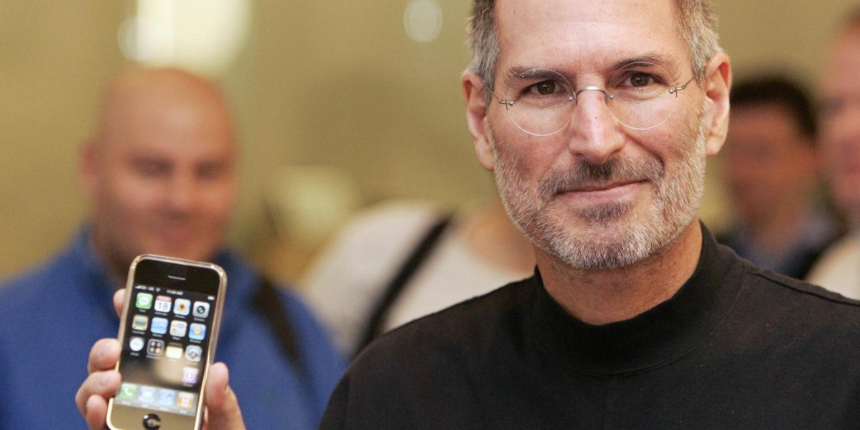Society loses when builders ship tech for tech’s sake. To paraphrase something my former boss Steve Jobs repeated as we engineered the very first iPhone: The number of megahertz doesn’t matter. Innovation must be about delivering practical applications into the physical world that improve lives.
Combining AI with smart hardware and physical infrastructure will ensure the transformation of trillion-dollar industries from manufacturing to life sciences to agriculture. AI will power the future. But in order to do so, it must be paired with physical hardware that makes everyday life better for people.
This same tension—whether new technology is burdensome or helpful—is playing out with AI today. The tech’s current chatbot era puts the onus on the user to deliver the right prompts and commands. What if AI actually made life easier without the overhead? This is what can happen when AI enters the physical world.
Huang nailed it on both sides of the world.
Back then, building apps with AI took months and years—especially for advanced features like computer vision and facial recognition. In fact, it took us a full year to develop a package detection app for the Nest Cam. Now, companies can ship sophisticated AI features in a matter of weeks. Ease and speed enabled by next gen AI infrastructure accelerates real world progress and engineering possibility.
Industries with major physical operations, like health, robotics, manufacturing, transportation, and agriculture, are trillion-dollar sectors. Reinvention requires time, resources, and a focus on pairing the most advanced software with the most practical hardware.
Software can be shipped, iterated, and upgraded constantly. Builders can make adjustments after a product goes into the market. They can tinker forever.
Hardware, on the other hand, requires a mountain of pre-launch work defined by longer development cycles, advanced tooling, and regulatory hurdle jumping. There’s added pressure on hardware founders from the beginning because they truly have one shot at getting the core architecture right prior to shipping a product that delivers what customers need. The go-to-market journey can be long and costly.
Hardware companies that enlist next gen AI to put customers first, capture enormous value, introduce infrastructure efficiency, and attract sustainable investment will be leaders in the market.
AI operating in the physical world will experience a similar shift from a crowded field to a dominant few that we saw in the browser wars. I believe the world is better off if American companies are in the mix. They can be because we have the investor community, engineering and startup talent, and can build the physical world infrastructure scale needed to fuel the next wave of AI innovation.
And once physical AI becomes viable, literally every industry operating on last gen tech, work, and logistics becomes ready for reinvention.
I believe the next AI revolution will reshape everything we do from saving lives to building houses to preserving food. It’s why we’re taking a full-stack approach to developing both AI software and the physical platform it embodies at Mill. It’s why we can’t afford to apply the world’s best minds and technology to pumping out models destined for commoditization. We need to invest in talent and engineering that scales where tech meets the real world.
The opinions expressed in Fortune.com commentary pieces are solely the views of their authors and do not necessarily reflect the opinions and beliefs of Fortune.









